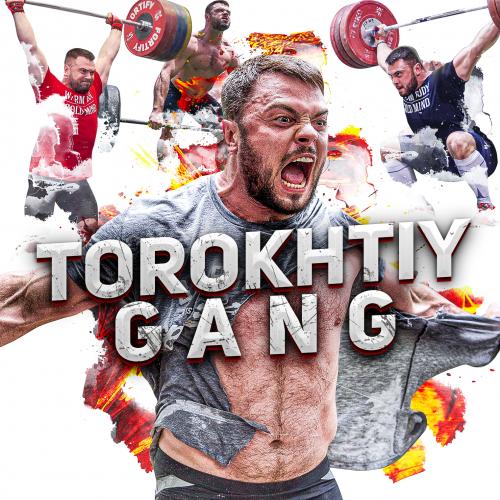How To Snatch With Oleksiy Torokhtiy
Strength & ConditioningThe snatch is the first of two lifts contested in the sport of weightlifting followed by the clean and jerk. This complex and beautiful lift is something to behold.
In this article Oleksiy gives us his top 5 tips to improve your snatch. Buckle in as you learn how to snatch from a 2 time Olympian.
Oleksiy Torokhtiy
Oleksiy Torokhtiy is a Ukrainian weightlifter who has competed in multiple Olympic games. He was also the winner of the World and European Championships. Currently Oleksiy holds master classes and seminars on weightlifting all over the world. Oleksiy is the founder of international sportswear and accessories brand “Warm Body Cold Mind”
You can train alongside join Oleksiy for just $15/month on TrainHeroic by clicking here
// Improve Your Snatch Technique With A 2 Time Olympian
The snatch is a beautiful, but complex and difficult exercise.
The athletes desire to continually increase the weight they have on the bar has many of them looking to improve their snatch. Some athletes focus on constant technique development.
Perfecting each different phase of movement throughout the lift. Others focus on the strength development of their legs, back, and arms in order to move more weight.
The truth to increase your snatch lies somewhere in the middle and very much depends on the athlete’s features. His experience, level of training, anatomical features, mental state, etc.
There is no universal solution to increasing weight on your snatch. Nevertheless my experience of running seminars around the world and analyzing common mistakes gave me the opportunity to pick up 5 tips to improve the results of your snatches.
5 Tips For Your Snatch Lifts
Tip 1 – Stay Over The Bar
It seems to me that this is the most frequent advice given from coaches in the strength training world.
At my seminars, I constantly make the comparison between the starting positions of the snatch and the clean. I explain the features and differences connected with the grip width and biomechanics of the movements.
In a snatch, covering the bar with your shoulders throughout the pull is critically important. This element must be correctly understood and worked out at the stage of learning a snatch. Then constantly practiced in training using a variation of snatch exercises.
These include, snatch high pulls, snatch pull till power position, slow, eccentric and paused pulls and snatch complexes.
In addition to understanding the bar, another important factor is strength training. In order for an athlete to be able to maintain angles properly in the shoulders over the bar position, his leg and back muscles must be quite strong and balanced.
In general, stay over the bar as long as possible.
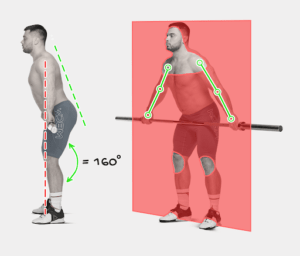
Tip 2 – No Over Extension
Many athletes try to understand snatch mechanics by watching performances and copying the movements of the best athletes on the internet.
A wrong or misguided understanding of the basic principles of the exercise is often formed because of this.
Over extension is one of the most striking examples. To jump onto the box, you need to first stretch the knee joints and stretch your legs. Your body will start moving up by inertia. Remember. to jump straight up into the air. Moving your pelvis forward at the hip or knee joint will not help you in any way.
At the moment of power position, many athletes focus their strength on the powerful forward movement of the pelvis because they saw it on the video with a PR. The only result you will get from doing this is the bar moving away from you.
Here is my advice: if you want to learn how to snatch, forget all the world PRs that you saw on YouTube.
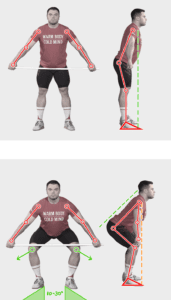

Tip 3 – Drop Speed And Receiving Position
At the beginning of the 20th century, athletes realized that it was possible to increase results in weightlifting by lifting weight to a minimum height with maximum speed.
The minimum permissible height of the bar fixation remains one of the most important elements of the technique. One of the main technical characteristics of elite weightlifters is the ability to maximize acceleration in the receiving position phase.
The advantage of this element of weightlifting technology is obvious. Instead of trying to lift the bar at the expense of the efforts of all possible and impossible muscles, the weightlifter follows the path of least resistance, lowering under the bar at maximum speed.
The optimal lifting technique assumes the maximum efficiency of movements both of the body and the bar.
In order for the drop speed and low receiving position to give the athlete a chance to increase the result in the snatch. The priority in the strength training program should not be on purely absolute strength, but more on explosive strength, speed, flexibility, and agility.
It is important to understand the difference between the power snatch (when the catching height is worked out) and squat snatch – when you need to lower the body as low as possible and feel comfortable in this position. Turnover and drop speed quality are primarily technical elements that need to be worked out using muscle squat snatch and all variations of snatch balance (technical work with PVC helps a lot, for example, in the hip snatch balance exercise).
Flexibility and mobility in the snatch is the work in the warm-up, cool down and in special exercises with a bar, the main of which is Snatch Sots Press, and for beginners Snatch Duck walk.
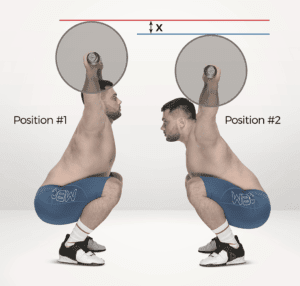

Tip 4 – Use Straps
Straps are an important accessory of training, providing a strong bar grip. The use of straps not only makes grip reliable and focuses on technology but also prevents the “tear of calluses.”
Frequency of using straps is highly dependent on the period of preparation for the competition. Most straps are used in the preparatory period. First of all, this is due to the fact that athletes perform a very large number of reps and sets.
The combined hang exercises with the addition of pulls and pauses are most often used during this period. Many athletes do not understand why to do these exercises is better in straps. After one or two lifts due to fatigue, the arm muscles become tight, and this greatly affects the technique of performing exercises.
Using straps allows you to transfer the load from the forearm, thereby relaxing the arm muscles which makes it possible to focus on other elements of the exercise. For those who worry that the grip will become weak when using straps, I recommend juggling with disks 1-2 times a week. Learn more about it on this video.
Oddly enough, straps are very important both for lifting the limit weights and for technical work, especially in the snatch. Each athlete has “control training” when the task is to lift a new weight.
As experience shows, athletes do not lift a new PR from the first time. And most often the problem is neither in physical strength nor in technique: a new record is a psychological test. Straps in this situation add confidence to the athlete to “breakthrough” a new result.
4-6 weeks before the competition, the share of exercises in straps should be reduced, gradually replaced with full-fledged work in the “collar.”
Tip 5 – Snatch Balance And Overhead Squats
The stability and confidence of holding the bar overhead is an important factor in the reliability and progress of the snatch for athletes of any level.
I recommend all athletes to include these two exercises weekly in their training program.
The load may vary depending on the goals, level of athlete, and training period. Applying these exercises in the warm-up is always the right decision. Two or three sets with a small weight will perfectly prepare you in snatch work.
These exercises can also be included in various snatch complexes in the preparatory period for creating power and technical base: Snatch + overhead squat from 50 to 85-90% or Power snatch + Snatch balance from 50 to 80-85%.
These exercises can also be applied on their own, especially in the preparatory period after the main snatch exercises.
In the competitive period for 10-14 days, it is very useful for primary and intermediate level athletes to do snatch overhead squat with heavy (around 90%) weight for psychological confidence, also on condition of normal technique to try weight by 1 times more than 100% in this exercise.
Wrapping Up Your Snatch Workout
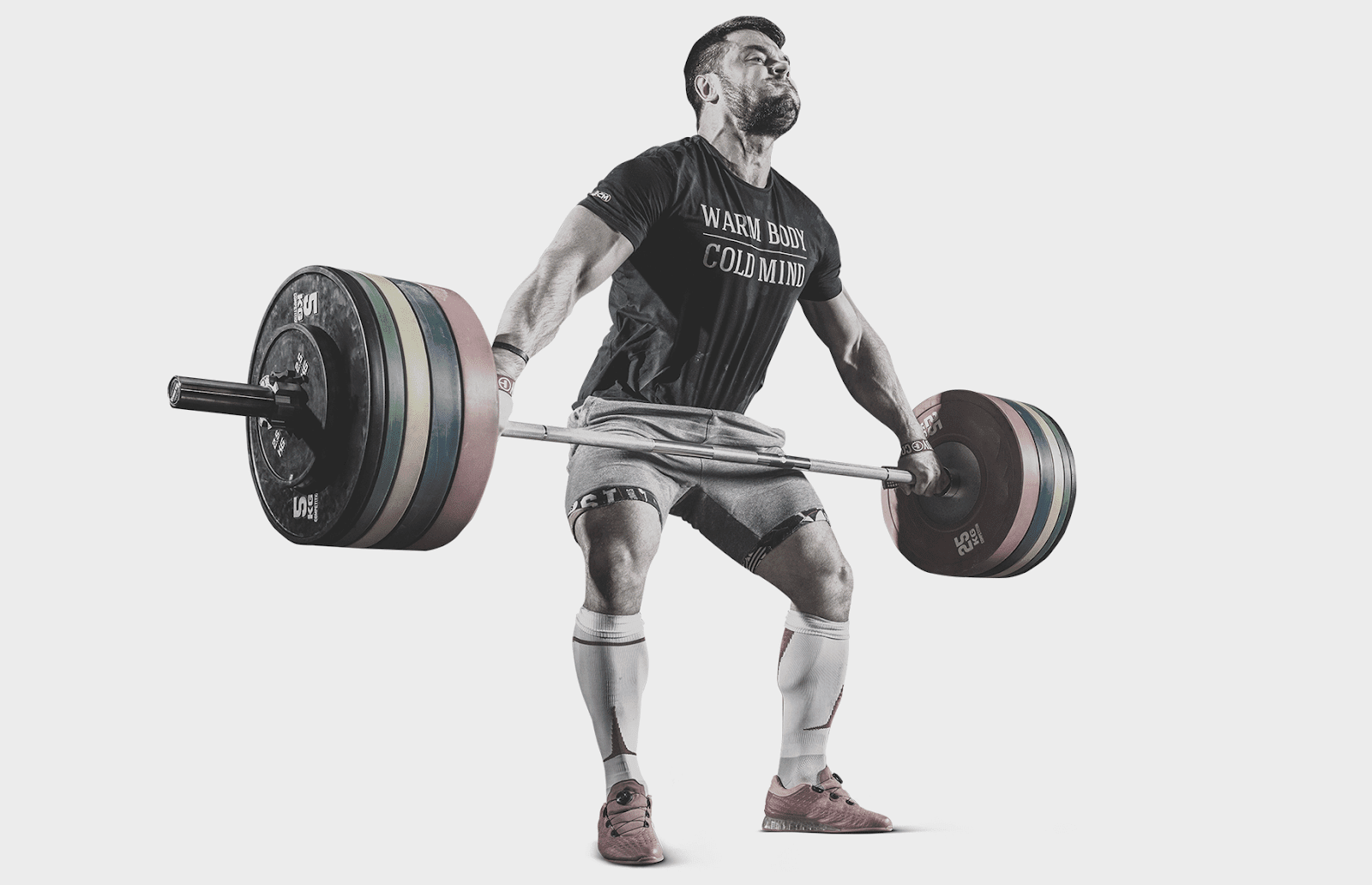

Summing up, I will say that there are many useful tips for a snatch, but as my coach said, “In order to lift a lot, you need to lift a lot!” When you train with me and the Torokhtiy Gang, about 40% of our focus is on improving your snatch. The variability of loads and training methods will allow you to progress safely and qualitatively both in technique and in the result.
READY TO TRY TRAINHEROIC?
Our powerful platform connects coaches and athletes from across the world. Whether you are a coach or trainer looking to provide a better experience for your clients, or you’re an athlete looking for expert programming, click below to get started.
Want more training content?
More coaches and athletes than ever are reading the TrainHeroic blog, and it’s our mission to support them with the best training & coaching content. If you found this article useful, please take a moment to share it on social media, engage with the author, and link to this article on your own blog or any forums you post on.
Be Your Best,
TrainHeroic Content Team
HEROIC SOCIAL
HEROIC SOCIAL
TRAINING LAB
Access the latest articles, reviews, and case studies from the top strength and conditioning minds in the TH Training Lab

